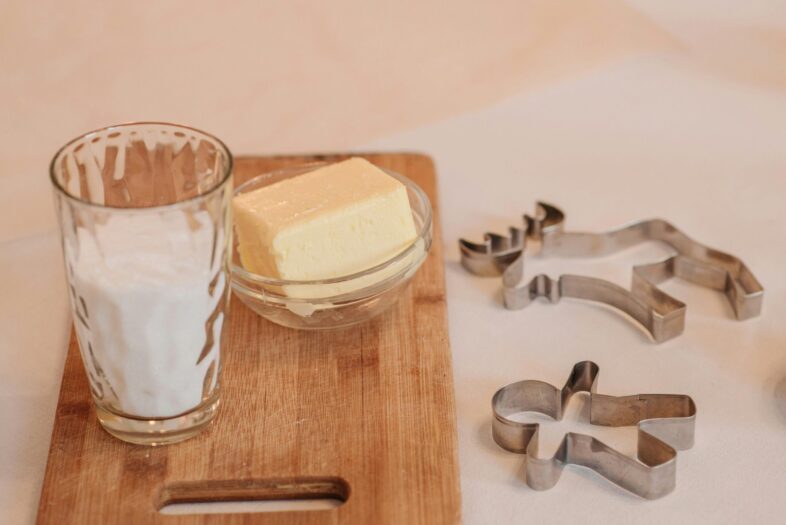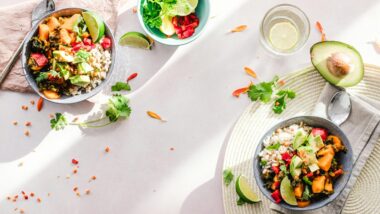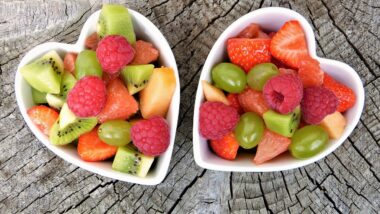1. The pH Miracle Diet and Dairy Exclusion
The pH miracle diet attempts to control many different conditions in the body, including obesity, through the omission of acidifying foods and behaviors. One of the most surprising inclusions on the list, at least to Westerners, is milk. Dairy products, although a mainstay of the Western diet, are not included in the diets of most of the populations around the world. So what does the rest of the world know that we don’t? Dairy is not necessary for health; from a pH perspective, it is actually harmful to the body.
2. Dairy Composition: Protein, Fat, and Acidity
Many people believe that dairy and milk are essential for bone density and for overall health. However, dairy products have large amounts of protein and fat, which are both acid forming elements. Cow’s milk and products made from cow’s milk produce acid. Goat and sheep milk and cheeses, which have less fat and protein, produce less acid. The only dairy exception is clarified butter that is alkalizing due to the short chain fats within it.
3. Reconsidering Dietary Recommendations
In 2003, the Harvard School of Public Health released an alternative pyramid to the FDA recommendations based on imbalances that the members saw in the original pyramid. Although it did not mention acid and alkaline foods specifically, the pyramid shows a tendency toward alkaline foods. One of the most striking differences between the FDA pyramid and the Harvard pyramid is the inclusion of a dairy serving or calcium supplement 1 time daily. The FDA recommends 2 to 3 servings per day, in addition to dietary supplements.
4. Expert Insights: Dr. Meir Stampfer’s Perspective
Dr. Meir Stampfer, a professor in the departments of Epidemiology and Nutrition and the Chair of the Department of Epidemiology at the Harvard School of Public Health, points out in an explanation of the Harvard pyramid that Americans should be eating less dairy products. The body needs calcium, but not at the levels present in the two to three servings recommended by the FDA.
Calcium is necessary for normal bone development and maintenance; yet the average adult can get enough calcium from a supplement. The levels of calcium present in 2 to 3 servings of dairy per day can actually be harmful to health. Excess calcium intake may increase the risk for certain cancers and there have been no links between massive amounts of calcium and osteoporosis prevention.
5. The Complex Reality of Dairy Production
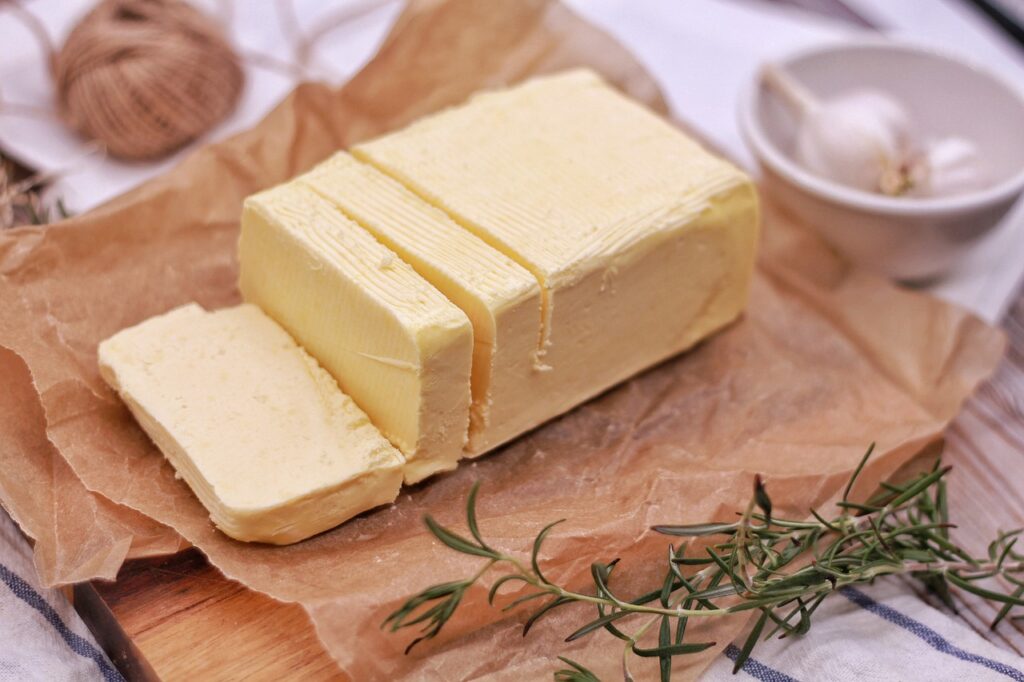
In addition, dairy is far from being a pure food. The dairy industry has worked hard to proliferate the image of cow’s milk being essential and harmless. Consider, however, that fifty years ago the average cow produces 2,000 pounds of milk per year and today cows average 50,000 pounds per year. Drugs, antibiotics, hormones, specialized breeding and forced feeding all up milk production so dairy farmers can produce in mass quantities. All of these additives are part of the milk that people drink everyday.
6. Dietary Shifts and Health Outcomes
A growing number of Americans, including those who follow the pH miracle diet, are eliminating dairy from their diet and having fantastic results. In recent studies, milk has been linked to intestinal colic, intestinal irritation, anemia and allergic reactions in infants and children. In children, the main problems were allergy, ear and tonsil infection, asthma, colic and childhood diabetes. The studies showed that adults suffered from heart disease, arthritis, allergy and sinusitis as a result of conventionally produced milk.
7. Awareness and Informed Choices
Just a quick search on the dangers of dairy can really open your eyes about this “safe” food. Reading the research and seeing the acidic effects of milk and other dairy products make it clear why it is excluded on the pH miracle diet.
Shopping Tips for the pH Miracle Diet
If you’ve read about the pH miracle diet and you’ve decided to give it a try, you have a few tasks ahead of you. Depending on how committed you are the program you may begin with clearing out your pantry and your refrigerator of all highly acidic foods. If you live with others who won’t be on the diet with you, you may just want to remove the high acid treats that you find irresistible. Either way, whether you do a “kitchen purge” or just remove a few items from your shelves, you’ll need to go grocery shopping.
Shopping for the pH miracle diet can be done at any grocery store, but occasionally people find it easier to get specialty items at health foods stores or natural food chains like Whole Foods and Trader Joe’s. However, if you live in an area where there is no access to these types of stores, you can still easily purchase the items you need at a standard grocery store.
Before you make your shopping trip, you’ll need to start a list of items. You don’t want to walk into the grocery store blind and try to remember what you need to buy. Some people like to work from the alkaline food lists in the book. This is a good approach if you have a lot of money to spend and just want to fill your kitchen with these foods.
However, a better and more organized approach is to first make out a menu list for the following week. When you shop from a planned menu and the recipes that go with those meal choices, you’ll only buy what you need. Additionally, many of the foods on the alkaline list are fresh vegetables. You’ll want to make sure that you actually need them before you buy them so you won’t risk wasting money.
Remember, when you first start, your diet doesn’t have to be 100% alkaline. In fact, even on strict versions of the pH miracle diet a balance between acid and alkaline is recommended. So when you make your menu and your grocery lists, keep that in mind. Foods that are slightly and moderately acidic include bananas, whole grain pasta, dried beans, eggs, milk, nuts and wheat bread. There are many others and you can consult different resources on the levels of acidity in foods. Strive to have balance in your daily diet of 70% alkaline to 30% acid.
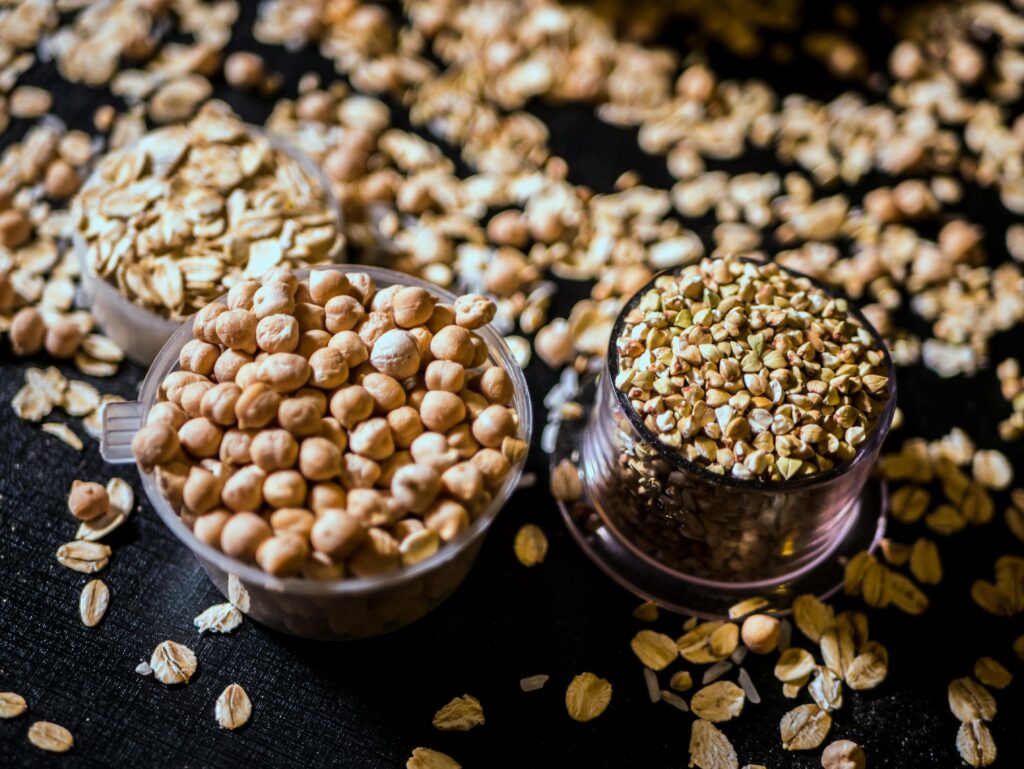
When you arrive at the grocery store, with your list in hand, you’ll notice that you will be staying along the outer rim of the grocery store. Generally, the foods along the walls are fresher and more natural than the foods within the aisles. If you think about it, all of the foods in the center of the store are processed and packaged. The outer edges consist of the produce section, the dairy section and the deli and/or meat counter.
Produce, especially vegetables, is going to be the primary focus on your pH miracle diet shopping trip. Buy organic produce if you have the means to. However, the real importance is that you buy the vegetables and use them in your cooking. If you have to use conventionally grown produce or frozen produce that is better than using no produce at all.
The only word of caution is to avoid canned fruits and vegetables. The canning process has negative effects on the alkaline state of these foods. There is also a lot of sodium in canned fruits and vegetables. If you cannot buy fresh, look for frozen. Many stores that do not carry organic fresh produce will have organic frozen produce.
It’s best to purchase balance of alkaline and acid foods as you get used to this way of living and eating. If you go cold turkey on your favorite foods and believe that you have to be super strict in order to be healthy, you will end up rebounding back to you acidic ways of eating. Strive for mostly alkaline to begin with, and then you can move further up the alkaline spectrum and eliminate more acidic foods.
